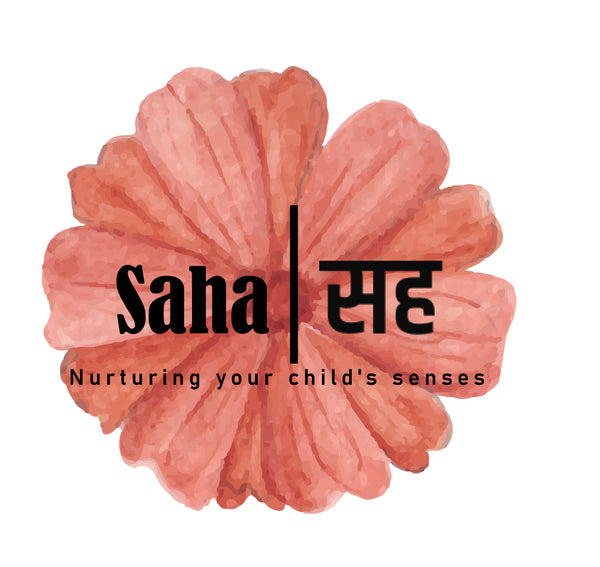In an age driven by instant gratification and mass production, the allure of slow textiles lies in their deep-rooted authenticity, cultural richness, and sustainable philosophy. Far beyond being just fabric or fashion, slow textiles are tangible stories — woven with care, consciousness, and craftsmanship. As conversations about climate change, ethical production, and sustainable living gain momentum, the slow textile movement is not only relevant but revolutionary.
Rediscovering the Essence of Fabric
Slow textiles represent a return to the traditional methods of creating cloth — from handspun yarns and handwoven weaves to plant-based dyeing techniques. This slower, intentional process honors the rhythm of nature and human hands. The result is not just a beautiful piece of fabric, but a textile that embodies a slower, more meaningful way of life.
In regions like India, these practices are part of generational legacies. According to Anuprerna, a social enterprise working with artisan communities, slow weaving preserves century-old techniques and allows artisans to pass down their skills to younger generations. This preservation of heritage ensures that cultures and communities retain their identity and voice in a rapidly homogenizing world (Anuprerna, 2025).
Why Speed Isn’t Always Progress
In contrast, fast fashion and industrial textile production operate at an unsustainable speed — both environmentally and socially. The pressure to produce more at lower costs leads to compromised quality, increased pollution, and exploitative labor practices. Mass production doesn’t just strip garments of their soul; it contributes significantly to landfill waste and the overuse of water and energy resources.
The slow textile movement, however, offers a compelling alternative. It advocates for less but better — for a wardrobe that is thoughtful, well-made, and designed to last. As Goshopia notes, slow fashion is about rejecting trends and focusing on timelessness. It’s about quality over quantity, and durability over disposability (Goshopia, n.d.).
Sustainability at the Core
One of the most powerful aspects of slow textiles is their inherent sustainability. The process typically involves natural or organic fibers, eco-friendly dyeing, and minimal chemical interference. The carbon footprint of a handwoven cotton attire dyed with plant-based colors is drastically lower than that of a synthetic, mass-dyed polyester dress.
Moreover, the use of local raw materials reduces the need for transportation, thereby cutting down emissions. Artisans often source fibers and dyes from their surroundings — cotton, silk, wool, and jute are harvested and processed using traditional, low-impact methods. Dyes derived from roots, leaves, flowers, and minerals replace synthetic ones, making the fabric not just gentle on the skin but also safe for the environment.
Supporting Artisans and Rural Economies
The beauty of slow textiles lies not only in the fabric but in the hands that create them. Every handwoven scarf, every naturally dyed cloth, is the product of days — sometimes weeks — of skilled labor. When we choose slow fashion, we aren’t just buying fabric; we’re supporting livelihoods.
These textiles offer dignity, employment, and economic independence to artisans, especially women in rural areas. They help revive local economies and prevent the migration of skilled workers to cities in search of unstable factory jobs. Suee Store emphasizes that slow fashion encourages transparency, fairness, and the recognition of workers’ rights — making it not just sustainable, but ethical (Suee Store, n.d.).
Cultivating Mindful Consumption
Fast fashion has trained us to shop reactively — to see clothing as fleeting and replaceable. In contrast, slow textiles invite us to build deeper relationships with the objects we own. Each piece comes with a story: of a loom in a small village, of a dyer who learned their craft from their grandmother, of a weaver who sings as they create.
This connection fosters mindfulness and appreciation. We start to value the clothing we own, mend it instead of discarding it, and think twice before buying impulsively. Our consumption shifts from transactional to intentional — and this shift, though subtle, has profound ecological and psychological benefits.
Aesthetic and Emotional Value
Slow textiles often have a natural, earthy aesthetic that speaks to simplicity and elegance. The textures are softer, the colors richer, and the details more nuanced. These aren’t garments you throw on in a rush — they’re pieces you grow with, care for, and maybe even pass on.
There is also an emotional resonance. Wearing something handwoven can be a meditative act. You’re wrapped in something made by a human hand, not a machine. That awareness fosters gratitude — for the maker, for the process, and for the planet that made it possible.
Challenges and the Path Forward
Despite their value, slow textiles face several challenges — from higher costs and lack of visibility to the overpowering influence of fast fashion marketing. But change is slowly unfolding. As consumers become more conscious and begin asking, “Who made my clothes?”, the demand for transparency and sustainability is reshaping the industry.
Technology, when used mindfully, can be an ally. Various online platforms are helping connect conscious consumers with ethical brands. Social media is enabling artisans to showcase their work to global audiences. And storytelling is reclaiming the place of traditional crafts in the cultural mainstream.
Conclusion: Weaving a Conscious Future
In the threads of slow textiles lie the hopes of a more thoughtful future — one that values craftsmanship over speed, sustainability over profit, and connection over consumption. Choosing slow textiles is a vote for the planet, for artisans, and for your own mindful way of living.
It’s not about rejecting fashion; it’s about redefining it.
As the world spins faster, let us choose to slow down — one woven piece at a time.
References
- Anuprerna. (2025, March 9). Why slow weaving process matters: Preserving century-old textile techniques. https://anuprerna.com/blogs/why-slow-weaving-process-matters-preserving-century-old-textile-techniques/2638676
- Goshopia. (n.d.). What is slow fashion & why is it important? https://www.goshopia.com/what-is-slow-fashion-why-is-important/
- Suee Store. (n.d.). Why sustainable and slow fashion is important now. https://sueestore.com/blogs/news/why-sustainable-and-slow-fashion-is-important-now

